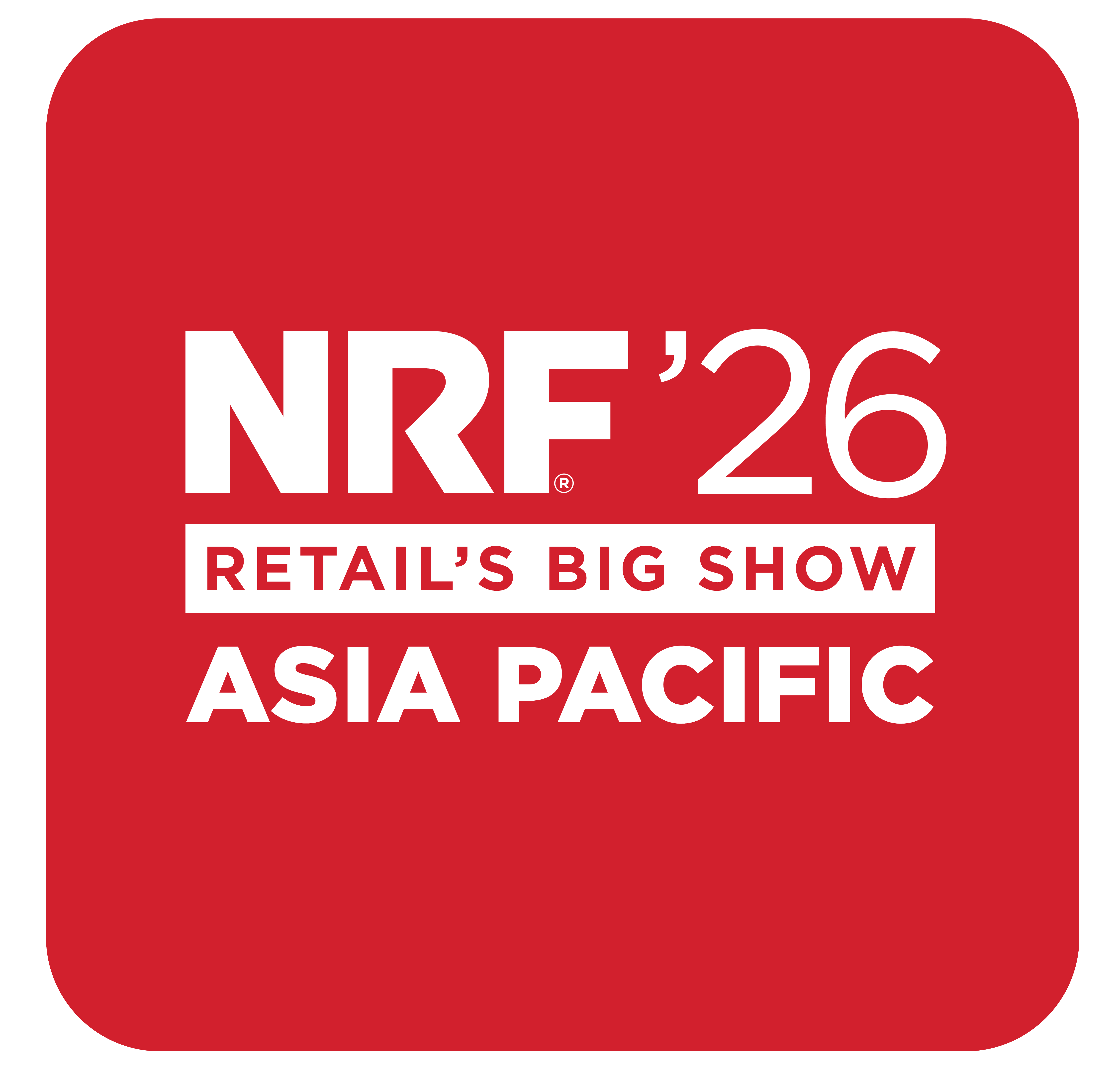Guide to Preparing Your Exhibit for a Retail Trade Show
Stepping into the world of retail trade shows opens up opportunities for business growth and brand exposure. This guide provides essential strategies for effectively showcasing your business and maximizing impact at these pivotal events.
Understanding retail trade shows
Grasping the dynamics of retail trade shows is the first step towards a successful exhibit. These bustling hubs of business opportunities and industry trends are crucial for any exhibitor looking to make an impact. Have you ever wondered what sets a memorable trade show exhibit apart? It all starts with a deep understanding of the trade show environment.
What happens at a trade show?
A retail trade show is where industry professionals converge to showcase innovations, network, and form business partnerships. They serve as platforms for product launches, networking, and staying updated on market trends.
Benefits of Participating in Retail Trade Shows:
Participating in retail trade shows is a strategic choice for businesses seeking enhanced market presence, offering numerous benefits such as increased visibility and opportunities for growth.
For a comprehensive experience at Asia Pacific's most important retail event, consider signing up as an Exhibitor or Sponsor at the NRF Retail’s Big Show Asia Pacific. It's your ticket to unparalleled exposure and a golden opportunity to network with the industry's finest.
Maximize your trade show impact
Capitalizing effectively on your trade show participation requires meticulous planning and a clear strategy. What are your goals? They range from brand awareness to forming new business partnerships. A focused approach will direct your exhibit design and preparation efforts. Key strategies include:
- Identifying your target audience before the event.
- Planning unique engagement tactics tailored to your audience.
- Setting measurable goals for lead generation and brand exposure.
Setting clear objectives: What is your trade show strategy?
Establishing clear objectives for your participation in a trade show is crucial. Goals can range from brand awareness and lead generation to forming new business partnerships. A focused strategy directs your preparation efforts and exhibit design.
Now, think about how to generate visitor traffic to your booth and capture those leads.
Driving visitors to your booth: Lead and sales capture
Capturing leads and driving sales are critical at any trade show. This involves multiple strategies, such as:
- Engaging booth design: Create a visually appealing and inviting booth that reflects your brand.
- Pre-event marketing: Build awareness and excitement about your booth through social media and email campaigns.
- Interactive activities: Engage visitors with hands-on product demos, contests, or games.
- Exclusive promotions: Offer special trade show discounts or giveaways to attract attendees.
- Knowledgeable staff: Ensure your team is well-trained in product knowledge and lead capture techniques.
- Clear signage and messaging: Use compelling signage to communicate your product benefits and brand value.
- Digital tools: Incorporate technology like touchscreens and digital lead capture methods.
- Networking spaces: Provide areas within your booth for comfortable discussions and networking.
- Follow-up plans: Develop a strategy for timely post-show follow-ups with leads gathered.
These approaches help in effectively attracting visitors to your booth and turning their interest into potential business opportunities.
Now, let’s dive into preparing your booth for a meaningful show of your brand.
Designing your trade show exhibit
Creating a standout exhibit is more than just setting up a booth; it's about crafting a memorable, branded environment. Key elements to consider for an engaging trade show booth include:
- Theme consistency: Choose a theme that reflects your brand identity and carry it throughout the booth design. Ensure a consistent, visually appealing theme that will resonate with your audience.
- Interactive elements: Incorporate features like touchscreens or product demos that can greatly enhance visitor engagement.
- Effective branding: Use clear, visible branding throughout your booth. Think about what you want your booth to communicate and how your branding elements set your brand apart in the marketplace, aligning with your overall marketing strategy.
- Attractive visuals: Employ vibrant graphics and eye-catching visuals. Consider booth space optimisation and flow as you design, ensuring your visuals are strategically placed for maximum impact.
Learn more about what makes a good trade show display and tips on creating a stand-out booth.
How-to tips for engaging effectively with booth visitors
Effectively engaging booth visitors can transform them into potential leads or customers. Prepare your team for successful interactions by:
- Staff training: Equip your team with in-depth product knowledge and customer engagement skills.
- Engagement strategy: Include live demos or interactive Q&A sessions tailored to visitor interests. Encourage feedback or input on your products or services. This provides valuable insights and makes them feel involved and valued.
- Personalized experiences: Offer unique demonstrations or solutions that address visitor-specific needs. Show how your offerings specifically address their unique needs or solve their particular problems.
Having a well-prepared team and an effective engagement strategy is essential, but ensuring that all logistical and practical aspects of your exhibit are in place is equally important. This leads us to the crucial part of preparation – the Exhibitor's checklist.
The Exhibitor's checklist
A comprehensive checklist ensures you have everything needed for a successful exhibition. Here's a list of essential items for your trade show exhibit:
- Marketing materials: This includes brochures, business cards, flyers, and product catalogs.
- Technology setups: Laptops, tablets, screens for digital displays, and any specific software needed for product demos.
- Display elements: Banner stands, signage, and any custom graphics for your booth.
- Booth furniture: Chairs, tables, and display counters that align with your booth design.
- Promotional items: Giveaways or branded merchandise to distribute to visitors.
- Lighting and audio equipment: Spotlights, LED lights, microphones, and speakers.
- Product samples: If applicable, ensure you have enough samples to distribute throughout the event.
- Booth emergency kit: Basic tools, adhesives, extension cords, and other emergency repair items.
- Visitor interaction tools: Guestbooks, lead capture forms, or digital tools for visitor data collection.
- Staff uniforms or badges: To easily identify your team members.
- Exhibit layout plan: A detailed layout plan of your booth for setup efficiency.
- Networking prep: Business cards and a prepared elevator pitch for networking opportunities.
- Health and safety supplies: Hand sanitizers, masks, and a first aid kit are essential.
This checklist ensures you're well-prepared for your trade show, covering all the bases from technological needs to personal interactions. Keep this list handy as you prepare for your first trade show, or use it as a refresher to ensure you're always ready to make the most of your trade show opportunities.
Conclusion
Embarking on a trade show journey requires careful planning and strategic execution. By applying the insights from this guide, you're well on your way to making your exhibit a standout success at your next retail trade show.
Don't miss the opportunity to shine – start preparing now to transform your exhibit into an engaging and successful showcase. Participate as an Exhibitor at the NRF Retail’s Big Show Asia Pacific and make your booth the event's highlight!




